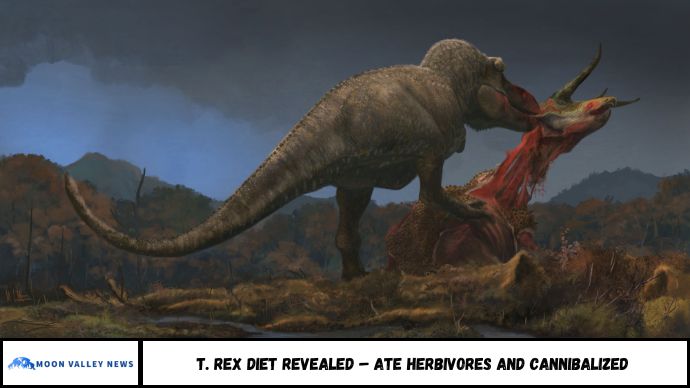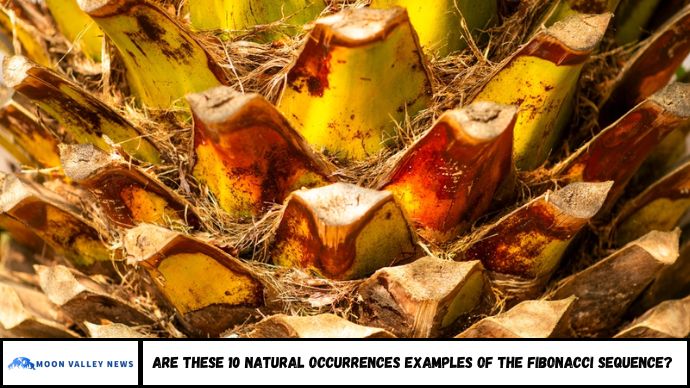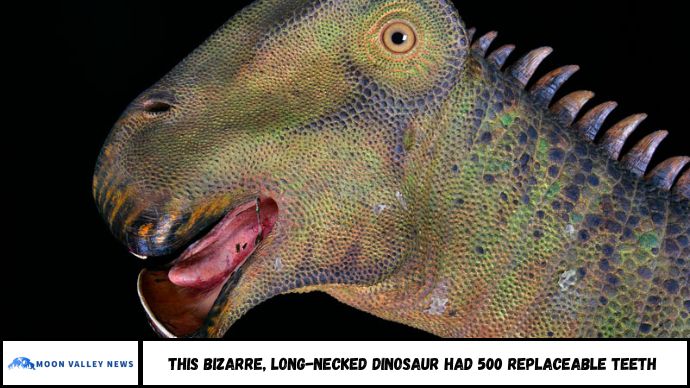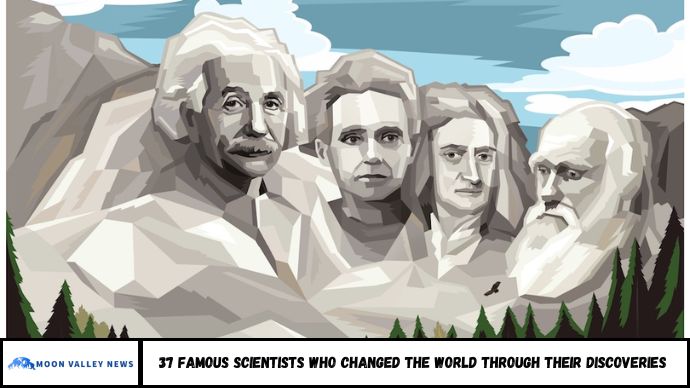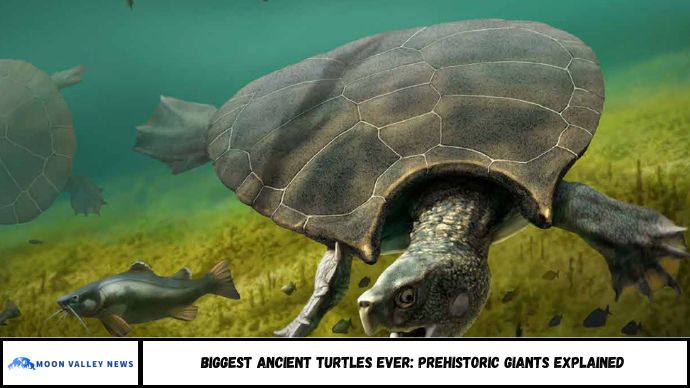The Tyrannosaurus rex, one of history’s most feared predators, didn’t just hunt large herbivorous dinosaurs—it may have also eaten its own kind. Recent fossil evidence reveals that cannibalism may have been part of the T. Rex diet, reshaping how scientists view its behavior, hunting strategy, and role in prehistoric ecosystems. This article explores what the T. Rex ate, how we know it, and why these findings matter.
Introduction: Was the T. Rex a Ruthless Hunter—or a Cannibal Too?
The Tyrannosaurus rex is often imagined as the ultimate predator—chasing down massive, plant-eating dinosaurs with bone-crushing jaws. But what if this iconic beast also turned on its own species?
New fossil evidence suggests exactly that.
In recent years, paleontologists have uncovered bite marks on T. Rex bones that match the size, shape, and pattern of other T. Rex teeth. Combined with studies of their hunting habits, this points to a much more complex picture of their diet—including cannibalism. In this article, we break down the science behind the T. Rex diet, what it tells us about the Late Cretaceous food chain, and what made this predator so terrifyingly efficient.
What Did the T. Rex Eat?
Apex Predator of the Late Cretaceous
Living around 68 to 66 million years ago, the Tyrannosaurus rex ruled what is now North America. At 40 feet long and up to 9 tons, it was perfectly designed to take down large prey.
Main Herbivorous Prey Included:
- Edmontosaurus – a large duck-billed hadrosaur
- Triceratops – a three-horned ceratopsid
- Ankylosaurus – heavily armored plant-eater (harder to kill, but possible)
T. Rex relied on its powerful jaws, capable of exerting over 12,000 pounds of bite force, to crush bones and immobilize prey.
New Evidence of Cannibalism
Fossils show tooth marks on T. Rex bones that couldn’t have come from scavengers or other predators—only another T. Rex.
“The spacing and depth of these tooth marks are a perfect match for T. Rex teeth,” said Nicholas Longrich, paleontologist at the University of Bath.
Some theories suggest:
- Scavenging cannibalism – feeding on dead T. Rexes after fights or death
- Opportunistic hunting – weaker or younger T. Rex individuals becoming prey
These findings mirror modern apex predators like crocodiles or Komodo dragons, which occasionally consume their own species under survival pressure.
How Scientists Know What T. Rex Ate
Paleontologists use several methods:
- Tooth marks on fossilized bones (pattern, spacing, depth)
- Coprolites (fossilized feces showing bone fragments)
- Stomach contents (rare, but revealing)
- Jaw mechanics and bite force studies
In 2020, researchers from the Royal Tyrrell Museum in Alberta, Canada found bones with healed bite marks, indicating violent intraspecies conflict and survival after injury—further suggesting T. Rex-on-T. Rex aggression.
Why T. Rex Cannibalism Matters
This evidence reshapes our understanding of prehistoric predator behavior.
Key insights:
- Cannibalism may have helped T. Rex survive during food shortages
- It suggests a highly competitive environment among top predators
- It supports theories that some T. Rexes were scavengers as well as hunters
Like modern lions, wolves, or crocodilians, T. Rex likely did whatever it took to survive—including turning on each other.
FAQs
1. Did the T. Rex only eat plant-eating dinosaurs?
No. While it hunted large herbivores, fossil evidence shows it also ate other T. Rexes.
2. Was the T. Rex a scavenger or a hunter?
Likely both. It hunted when possible but scavenged opportunistically.
3. Is there proof of T. Rex cannibalism?
Yes. Fossils show T. Rex bite marks on other T. Rex bones.
4. Could T. Rex bite through bone?
Yes. Its bite force exceeded 12,000 pounds—strong enough to crush bone.
5. How do scientists know what it ate?
Through fossil analysis, bite marks, and coprolites (fossilized feces).
6. Is cannibalism common in predators?
Among modern apex predators like crocodiles and Komodo dragons, yes—it happens.
Conclusion
The image of the T. Rex as a relentless predator is accurate—but incomplete. This dinosaur didn’t just feast on massive, slow-moving herbivores; it also turned on its own kind when needed. Whether due to hunger, competition, or opportunity, cannibalism was part of its survival toolkit.
These discoveries not only make the T. Rex even more fascinating—they also highlight how much we’re still learning about life on Earth millions of years ago.

